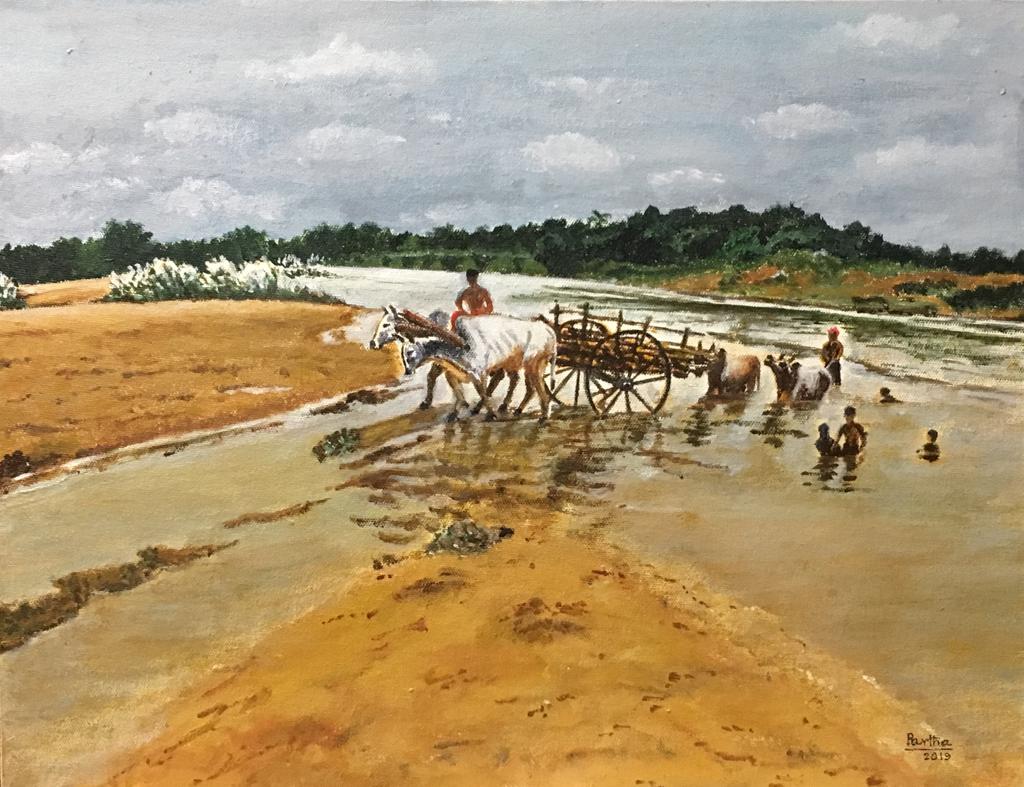New Mexico is truly an enchanted place with spectacular scenarios, breathtaking sunsets, large mountains, deep Gorge and wide open space offering varied outdoor activities for tourists.
New Mexico is one of the southwestern states of the United States bordering Colorado on the north, Arizona on west and Texas and Oklahoma on the eastern side. It is the 5th largest state with a population of only 2 million and half of that population is in the Albuquerque metropolitan region.
The Sandia Mountains form a mountain range on the east of New Mexico’s largest city Albuquerque. Its highest point is 10,678 feet. Sandia means watermelon in Spanish and it is believed to be a reference to the reddish color of the mountains at sunset.
Rio Grande River flows from Colorado to the Gulf of Mexico, along the way it forms part of the United States – Mexico border,
Rio Grande Georg is linear shaped lowland between mountain ranges created by the action of geological fault.
Rio Grande Bridge located near Taos, New Mexico is a steel deck arch bridge across the Rio Grande Georg. It is the seventh highest bridge in the U.S.
The University of New Mexico is a public research institution in Albuquerque. It is the State’s flagship research center offering bachelors, masters, doctoral and professional degrees in a wide variety of fields.,
Albuquerque is also famous for large number of movies and television sit-coms made in the city all year round.
Santa Fe is the capital of New Mexico and it is the oldest capital city in the U.S. Its original occupants were Pueblo Indians with founding between 1050 and 1150.
The city is the center of arts and it reflects the multi-cultural character of the city. It is designated as a UNESCO creative city in Design, Crafts and Folk Arts. Santa Fe’s Canyon Road has the highest concentrations of art galleries and is a major attraction for international tourists and other visitors.
Nowhere else in the United States are you likely to see such extremes of architectural style as in New Mexico. The state’s distinctive architecture style, Adobe architecture reflects the diversity of cultures that have left their imprint on the region. The first people in the area were the ancestral Pueblo Indians who built stone and mud homes at the bottom of canyons and inside caves. Pueblo-style adobe architecture evolved and became the basis for traditional New Mexican homes: sun-dried clay bricks mixed with grass for strength, mud-mortared, and covered with additional protective layers of mud.
With the opening of the Santa Fe Trail in 1821 and later the 1860s gold boom, both of which brought more Anglo settlers, came the next wave of building. New arrivals contributed architectural elements such as neo-Grecian and Victorian influences popular in the middle part of the U.S. at the time.
Today, very few new homes are built of adobe. Instead, most are constructed with wood frames and plasterboard, and then stuccoed over. Several local architects are currently employing innovative architecture to create a Pueblo-style feel.
There were 2,354 route miles of railroads in the year 2000, this number increased since then. In addition to local railroads and other tourist lines, the state of New Mexico jointly owns and operates a heritage narrow-gauge steam railroad, the Cumbres and Toltec Scenic Railwaywith the State of Colorado. It runs over 10,015 ft. (3,053 m) Cumbres Pass and through Toltec Georg, from which it takes its name. This beautiful scenic ride attracts thousands of visitors all year round. Today, the railroad is the highest narrow gauge steam railroad in the United States.






















Comments »
No comments yet.
RSS feed for comments on this post. TrackBack URL
Leave a comment